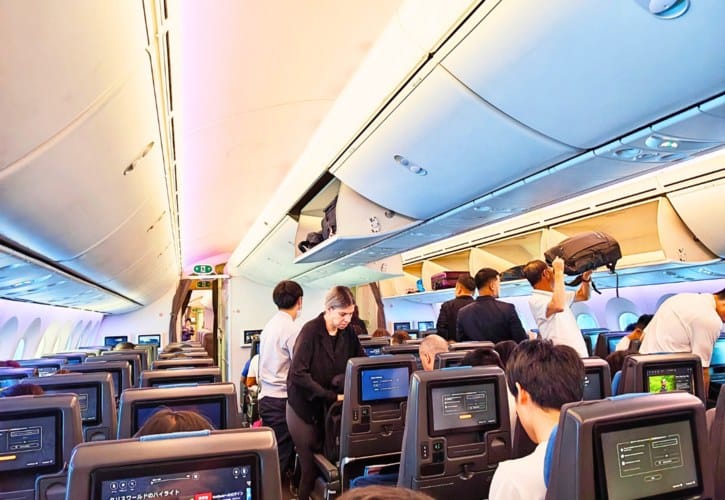
Choosing the right plane seat can make your flight a lot more enjoyable.
Some seats give you comfort, good views, or more space, while others come with hidden downsides that can make the trip feel much longer.
I’ve put this guide together so you know exactly what to expect from each seat.
I hope it helps you make your next flight smoother and more comfortable. 😊
1. Right vs. Left Side of the Plane
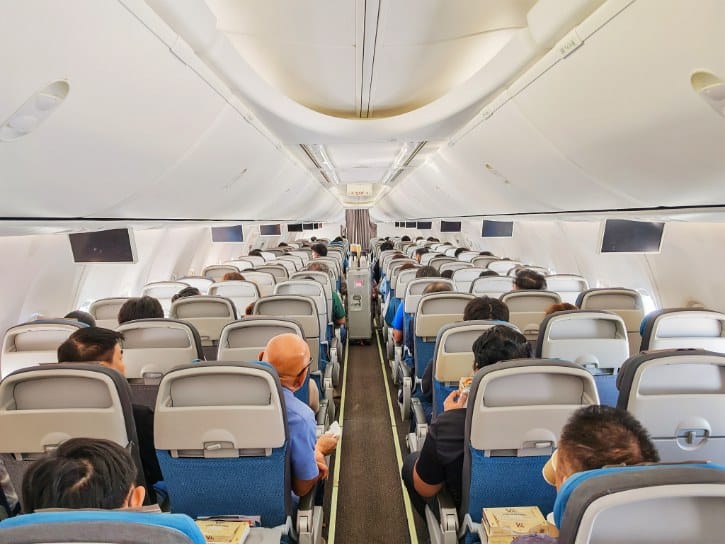
Your choice of side matters more than you think. Pick the side opposite the sun to avoid glare and heat.
On eastbound daytime flights, the left side works best. On westbound, the right side is better.
If you sleep against the window, choose the side that matches how you normally sleep at home.
For working or reading, always choose the shaded side so your screen is easier to see.

Which Side to Sit On to Avoid the Sun:
- Flying north to south: choose the right side in the morning, left side in the afternoon.
- Flying south to north: choose the left side in the morning, right side in the afternoon.
- Flying east to west: the right side works best both morning and afternoon.
- Flying west to east: the left side works best both morning and afternoon.
2. Front of the Cabin

The front is quieter since you’re farther from the engines.
It also feels smoother during turbulence and you get off the plane faster.
Meals reach you first, so you’ll have better choices.
The downside is these seats often cost more and fill quickly.
Babies are sometimes placed here in bassinets, which can mean noise.
My favorite spot is a few rows back from the bulkhead. It gives you great window views without the baby zone.
3. Middle of the Cabin (Over the Wings)
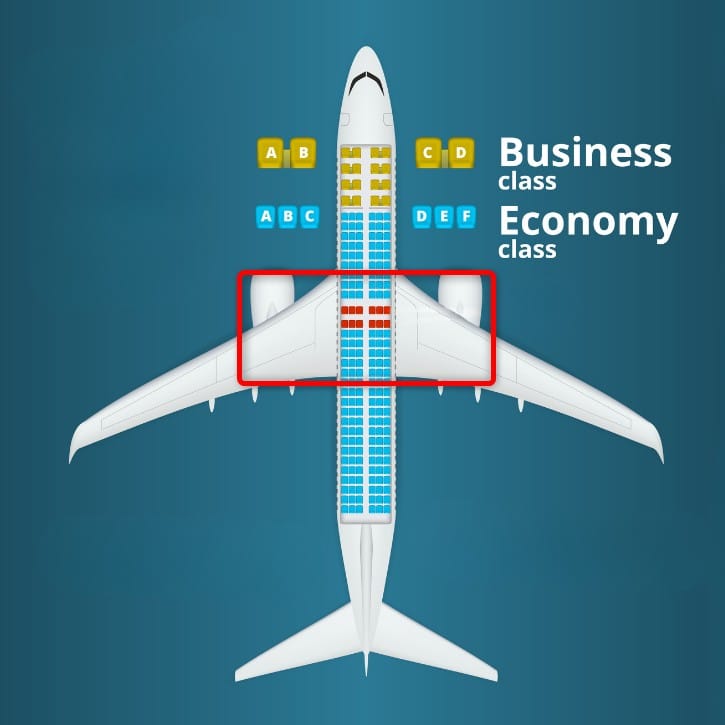
This is the best spot for turbulence because it’s near the plane’s center of gravity. Nervous flyers often prefer it.
The trade-off is poor views since the wing blocks most scenery and engine noise is loudest here.
If stability matters more than scenery, this is your sweet spot.
4. Back of the Cabin

Seats at the back have a chance of more space since they’re less popular.
You’re close to toilets and galleys, which is handy if you get up often.
Some airlines also board rear sections first, giving you early access to overhead bins.
The downside is stronger turbulence, louder noise, and sometimes unpleasant smells. You’ll also be the last to get off.
The best area is between the wing and the end, where you still get good views without the worst noise or smells.
5. Window Seat
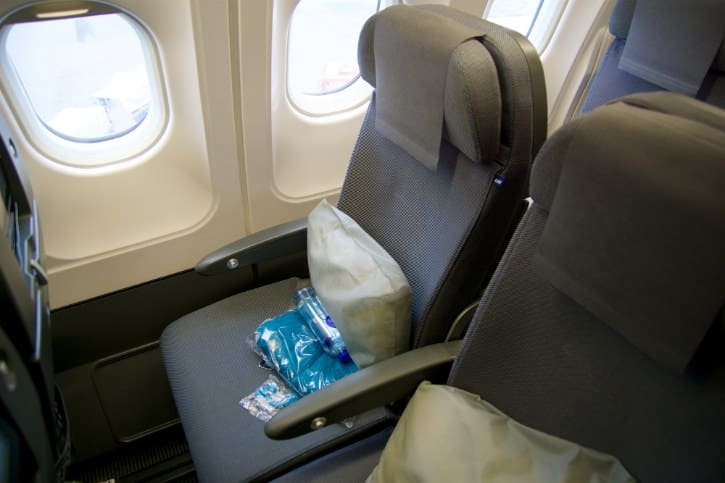
This seat is loved for the views and for being sleep-friendly since you can lean against the wall.
You can also control the shade and enjoy a bit more privacy. Fewer people pass by, which means slightly less exposure to germs.
The downside is you’ll need to disturb two people to get out, and the wall can feel cramped and cold.
Always ask your seatmates to stand instead of squeezing past them.
A neck pillow and sweater will make this spot much more comfortable.
6. Aisle Seat
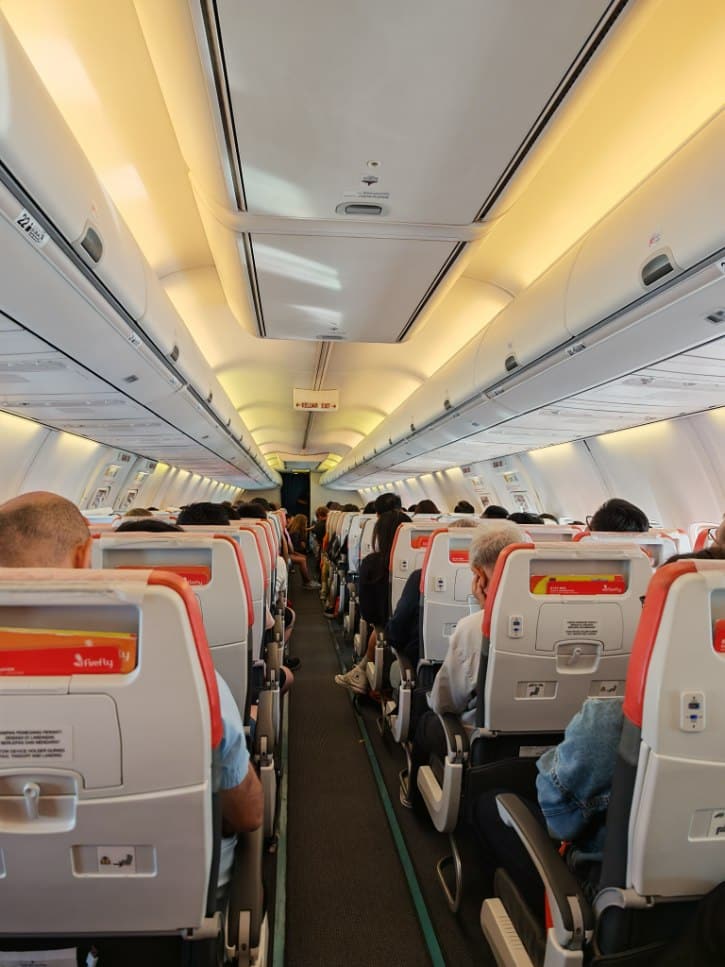
Aisle seats give you freedom to move anytime without bothering anyone. It’s easier to stretch, grab your bag, and exit quickly.
The trade-off is bumps from carts and people, and you’ll be disturbed when others need to get out.
No outside view and no wall to lean on make sleeping harder. Keep your knees and elbows tucked to avoid being clipped by the food trolley.
7. Middle Seat
The middle seat comes with the unspoken rule that you get both armrests.
You’re also only one seat away from either the aisle or the window. If you like chatting, you have two neighbors.
The downsides are clear: no view, no easy way out, and less space. Sleeping is difficult without support.
Avoid this seat unless you’re traveling with friends or family. At least then one seatmate is someone you know.
8. The Last Row
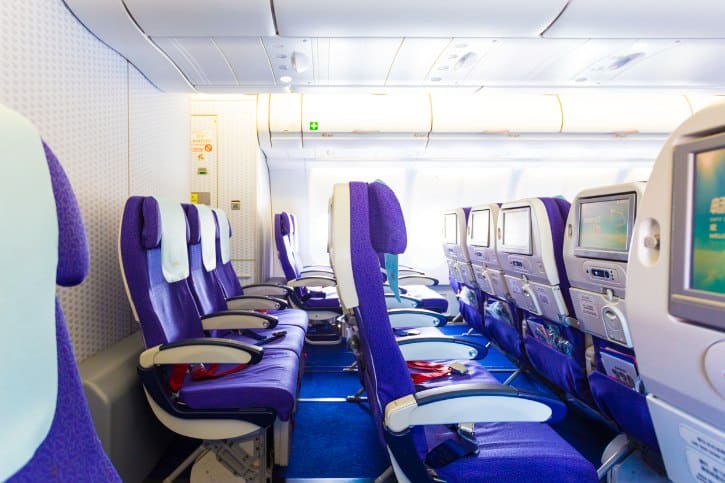
The last row boards early and you won’t have anyone behind you. If the row isn’t full, you may get extra space.
Unfortunately, most last row seats don’t recline, toilet traffic is constant, and galley noise is common.
Turbulence also feels bumpiest here, and you’ll be the last to leave. It’s best to avoid the last row entirely.
9. Bulkhead Seats (First Row of Each Section)
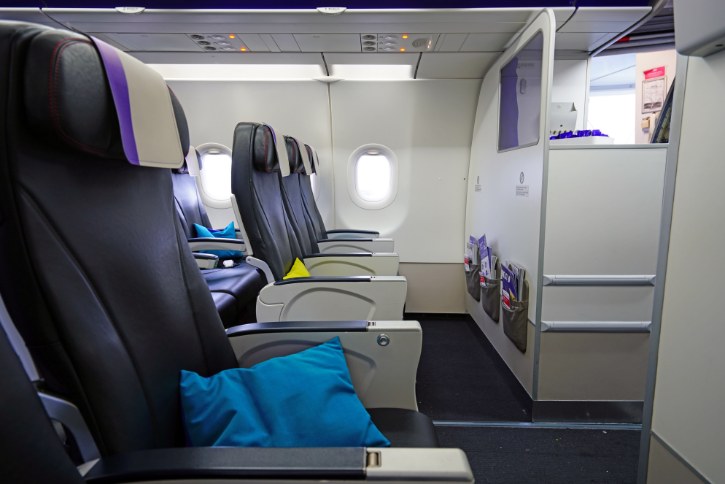
These seats give you more legroom since there’s no row in front, and nobody can recline into you.
The downsides include no under-seat storage and slightly narrower seats due to fold-out trays. Families with babies are often placed here.
Take out everything you need before takeoff, since your bag won’t be at your feet.
10. Exit Row Seats
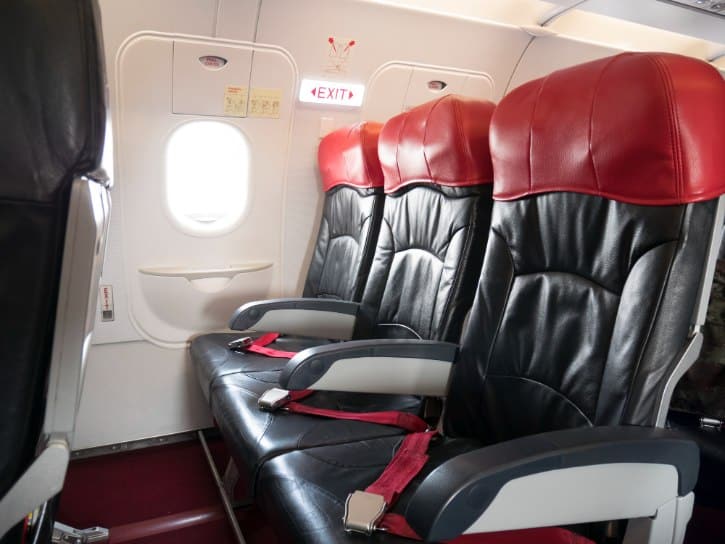
Exit rows are sold as premium because of the extra legroom. For tall travelers, it can feel like a luxury.
But more legroom does not always mean more comfort.
The seats can feel narrower, there’s no under-seat storage, and you take on serious emergency responsibilities.
These rows can also feel drafty, so bring a jacket or blanket. The row in front often has limited or no recline, which makes those seats uncomfortable too.
I do not recommend exit rows. The small benefits do not outweigh the loss of storage, added duties, and risk of discomfort.

